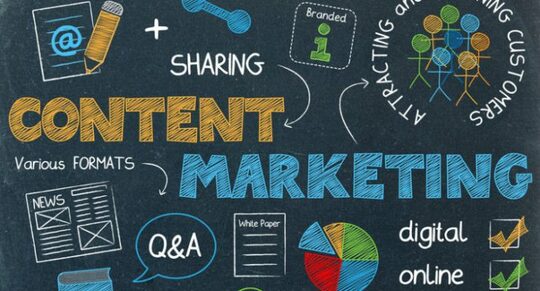How Content Marketing Teams Can Make Use of Digital Asset Management Software
During the last 20 years, the world of content creation has gone through some drastic changes. From making brochures and newspaper print ads, we are now in an era where content is everywhere, and it is mostly digital. Marketeers need to establish a presence on multiple offline and online scenes. According to the FotoWare report of industry trends, 72% of respondents reported having a noticeable increase of digital files from 2019 to 2020, a trend that makes no signs of slowing down. Therefore, marketers today must deal with more content than what they did before, which needs to be managed effectively if one wants to keep up with the competition.
So, how do you go about managing an ever-increasing number of files? This is where Digital Asset Management Software (DAM) comes in. As a digital solution configured to fit all types of digital assets - from presentations and pdfs to videos and images - a DAM system makes it possible for content creators to store and manage all their files in one place. By tagging the files with metadata, they are made searchable for everyone that needs them. They can be visually marked with crucial information, such as copyrights, expiration dates, and campaign-usage. This article will show you some concrete examples of how a content marketing team can use a DAM system to work more effectively and get the most value out of their files.
1. Finding the right files immediately
One of the main advantages of a DAM is how it enables an advanced use of metadata, making the files searchable for anyone who might need them. In the FotoWare DAM report, 66% of respondents note that saving time of retrieving files is one of the main advantages of metadata use. This indicates that an increase in digital content would lead to an increase in time-related costs without a proper system of metadata in place.
Just imagine having thousands of photos and having to find two or three specific ones without knowing their exact file names. The task would be impossible in a classic folder structure. However, with intelligent use of metadata, any marketer can search by using keywords and finding the correct files within seconds.
2. Keeping track of image rights and usage
A third of the FotoWare DAM report respondents cite GDPR and copyright issues as a primary challenge. This is somewhat because regulations of this sort require us to keep track of large amounts of information about each file. Fortunately, marketers can use their DAM system to deal with this challenge effectively. For instance, you can configure your DAM to include fields for consent forms, copyright information, asset expiration date, and so on. When these are filled out, it is easy for anyone in the organization to know whether a file can be used or not and what regulations one needs to follow when using it.
If you want to improve your efficiency even further, you can enable automated workflows. These can - amongst other things - notify you whenever a photo is nearing its expiration date or notify others if they are about to upload files without necessary information in place. In fact, 48% of DAM users see workflow automation as a top priority in managing digital assets for 2021.
3. Sharing large amount of content with externals, fast
Any marketer is familiar with the use of emails and the processes of transferring files. We all know this can be tedious work that takes up a lot of our time. A DAM solution has the possibility of drastically simplifying this process, even - or especially - in those situations where one needs to transfer large amounts of files to a multiple of different people. That is because sharing can be done directly from the DAM system, by, for example, sending an entire album of digital assets to several externals in one go.
4. Integrating with the programs that you use
According to the Gartner-report: 'Marketing Technology Drivers of Genius Brand Performance', we are currently experiencing a shift in how brands acquire and use marketing technologies. High-performing companies prioritize independent software solutions over suite integrations from single vendors. When moving from single-vendor solutions to a pick-and-mix of software, it is crucial that they offer a well-established set of APIs so that you can integrate your different marketing technologies with each other. A DAM works best when such integrations are in place, so you never have to download a photo to your computer but can transfer it directly to your preferred program.


